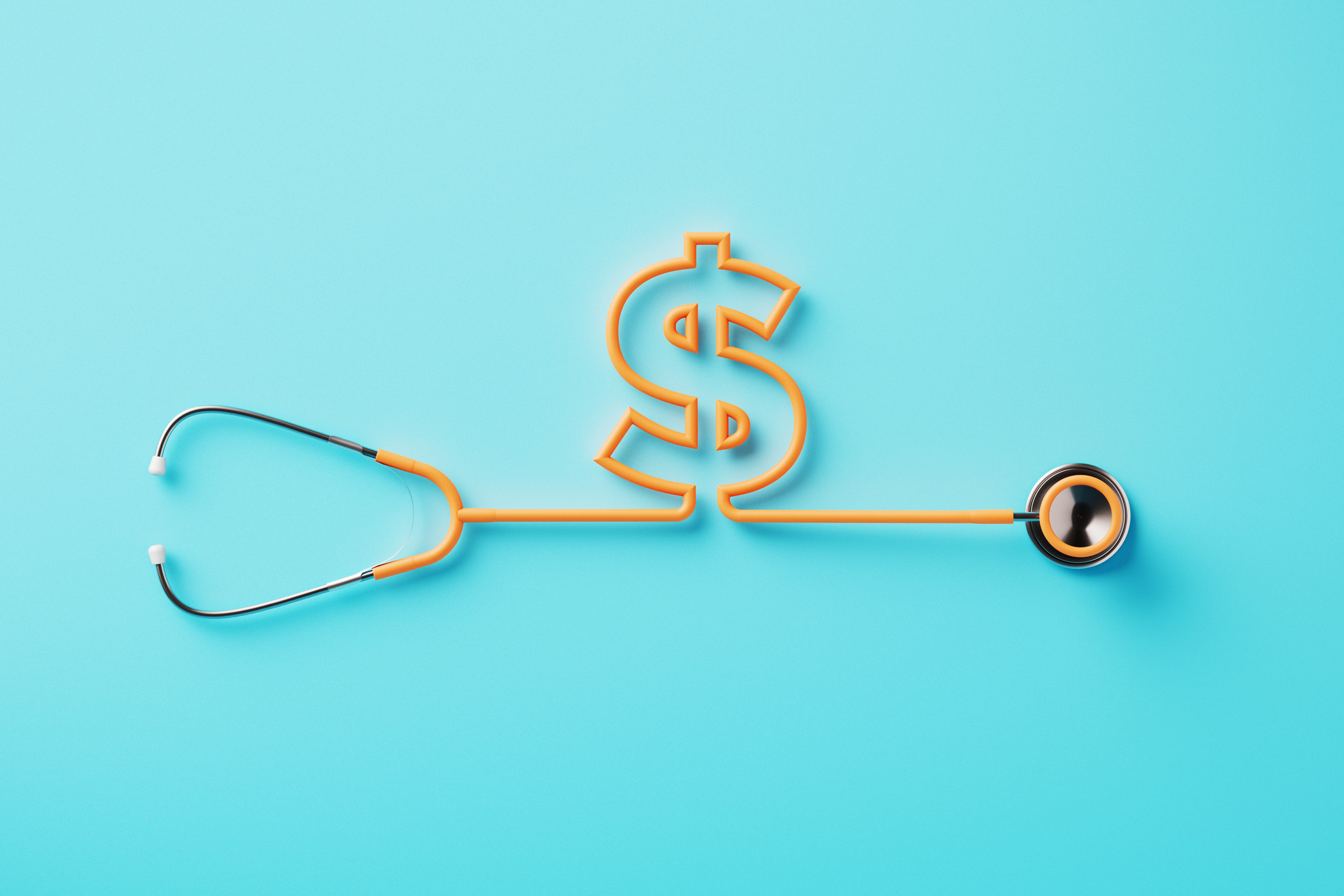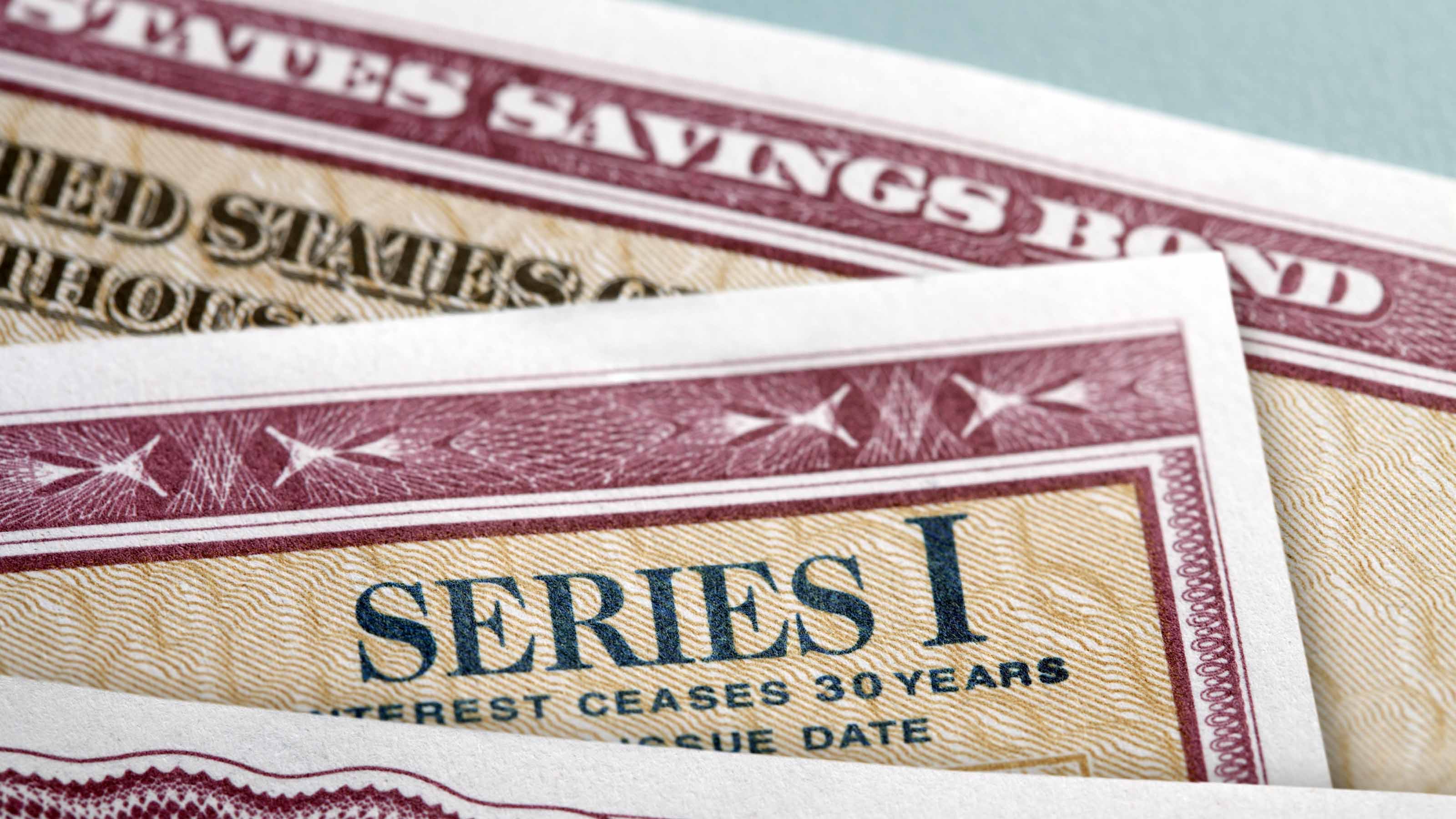Pink Tax: What Does Price Discrimination Cost Women?
Now is a good time to look at the 'pink tax,' gender price discrimination banned in many states but that costs women millions of dollars each year.


As fall 2025 brings sweeping tariffs and new state laws, it’s a good time to examine the “pink tax”—the extra costs and price discrimination women still face on everyday products and services.
The “pink tax” isn’t a federal tax that can affect your income tax refund, but it’s a financial burden that many women face that often goes unnoticed. It is a form of price discrimination that can hit your wallet, affecting finances and daily lives in surprising ways.
It’s also important to note that the pink tax is more than a financial burden.
From just $107.88 $24.99 for Kiplinger Personal Finance
Become a smarter, better informed investor. Subscribe from just $107.88 $24.99, plus get up to 4 Special Issues

Sign up for Kiplinger’s Free Newsletters
Profit and prosper with the best of expert advice on investing, taxes, retirement, personal finance and more - straight to your e-mail.
Profit and prosper with the best of expert advice - straight to your e-mail.
Disparities in pricing also highlight social inequalities. For example, data show that on average, women still earn less than men, so hidden surcharges on products typically marketed to women can further strain already-strained budgets.
The pink tax reminds us that discrimination can occur in unexpected places — even in the products and necessities we buy. And given all the talk of tariffs in the second Trump administration, some data show those costs could also hit women harder.
Here’s more of what you need to know.
Pink Tax Defined
What is the pink tax?
At its heart, the pink tax is related to extra costs women often pay for products and services marketed specifically to them.
So, the pink tax often refers to state sales tax on menstrual products, like tampons and feminine pads. Those feminine hygiene products are necessities for many women. But, many states tax feminine products as luxury items while exempting other necessities like groceries and medicine, from sales tax.
And, because men typically don’t pay the same high prices for personal care items (and feminine hygiene products are designed for women), the added cost on feminine and other products marketed to women has been dubbed “the pink tax.”
Why pink? Pink is the color that is often used by manufacturers to market and brand products that are designed for women.
However, the "pink tax" term covers a broader range of items. From personal care products to clothing and services like haircuts, women often pay more for similar products merely because those products are targeted to a female audience.
This price disparity can add up over time. Studies show women can pay 10-15% more for products than men. As we’ll discuss that can mean thousands of dollars in extra expenses over a lifetime.
Examples
Pink tax examples and impact in 2025
As mentioned, the pink tax doesn't just apply to feminine care products. Over the years, advocacy organizations have pointed to different examples of the pink tax including pricing discrimination involving goods and services.
Some examples include:
- Higher dry-cleaning or tailoring costs for women’s clothing
- Higher cost and often smaller sizes of products like women’s razors, shampoo, and deodorant, relative to the cost and size of similar personal hygiene products designed for men (e.g., when a pink razor costs more than a similar black or blue razor)
- Higher prices of toys or equipment marketed to girls, like pink bikes, scooters, and helmets cost more than identical red or blue bikes, scooters, and helmets
The Tampon Tax or Period Tax explained
The 'period tax' or 'tampon tax': What is it?
What is the Period Tax? You may also have heard the term “tampon tax.” The tampon tax or "period tax" also refers to the sales tax on the already high price of tampons. Like other period products, tampons are frequently taxed as luxury goods, even though millions of menstruating women consider tampons to be necessities.
Pink Tax Bans and Legal Reforms
What states have banned the pink tax?
More than twenty states have passed laws dealing with the pink tax. For example, three years ago, New York eliminated the pink tax on certain goods and services. Ohio also eliminated the pink tax around the same time.
California eliminated the pink tax with services more than a decade ago, and a new state retail law, effective now, bans gender-based price discrimination on products. The pink tax ban prohibits California businesses from pricing similar products higher merely because those products are marketed to women.
Virginia, Colorado, Iowa, and Nebraska also recently either eliminated sales tax on feminine hygiene products or reduced state sales taxes on those products. Texas eliminated its tampon tax last year.
There is no federal pink tax ban, however. The Pink Tax Repeal Act has been introduced in Congress more than once. However, the legislation has not gained enough votes to move through the U.S. House of Representatives and the U.S. Senate.
What did CVS do with the Pink Tax? CVS pharmacies took steps to help eliminate the pink tax three years ago. The pharmacy chain lowered prices on its branded feminine care products. CVS also eliminated sales tax on those products in twelve states where the products were more expensive because of the pink tax.
What is the Tampon Tax Back refund? The "Tampon Tax Back" campaign, launched in 2023, allows purchasers in certain states to get a sales tax refund on some feminine hygiene products. The coalition, led by industry brands including August, Cora, Lola, Rael, The Honey Pot, Here We Flo, Saalt, and DIVA, works to end "tampon taxes" still imposed on period products in 21 states.
Pink Tax Cost
How much does the pink tax cost women?
Studies show that gender price discrimination can cost women in practical, physical, and financial ways. Data from the Economic Policy Institute show that women still make about twenty percent less on the dollar than men. Similar numbers from various studies show that women are likely to spend more for necessities like healthcare, clothing, and housing than similarly situated men.
A New York pink tax study found that women’s products are, on average, 13% more expensive than similar men’s products. As a result, when products that are essential for women (like feminine hygiene products) are taxed as luxury items, that can have a significant financial impact.
High and rising costs of period products have also led to an epidemic of “period poverty”— where an estimated one in four women and girls cannot afford menstrual products. Period poverty affects millions of women, and studies show that struggling to pay for menstrual products or not having those products can damage social, emotional, and menstrual health.
In terms of monetary costs, when California passed its pink tax ban, the state estimated that women paid more than $2,300 for goods and services marketed to them at higher prices than similar goods and services marketed to men. (That comes to about $188,000 over a woman’s lifetime and about $47 billion for all of the women in California).
Other data show that women can pay more than $1,300 annually because of the pink tax. According to the nonprofit legal advocacy organization Period Law, the "tampon tax" adds up — to an estimated annual cost to consumers of around $80 million.
'Pink tariffs' and Trump trade policy?
Politco, in its "Women Rule" newsletter, recently reported that President Donald Trump's trade war could disproportionately impact women. The authors cite data and studies showing that tariffs impact consumers with lower incomes more and that women also carry more burden from tariff hikes.
One researcher reportedly found that in 2022, tariff rates for women's clothing were, on average, "16.7 percent compared to 13.6%." The result Women Rule says, is a "$2.7 billion gender gap."
Tariffs are government-imposed taxes or fees on imported goods. They are usually designed to influence trade policy, protect domestic industry, generate revenue, or exert economic leverage against other countries.
President Trump is a fan of high across-the-board tariffs and as Kiplinger has reported has been levied them on and off with key trading partners like Canada and Mexico since not long after his second term began in January 2025.
Separately, Reps. Lizzie Fletcher (TX-07) and Brittany Pettersen (CO-07) have reintroduced The Pink Tariffs Study Act. The bill calls for the U.S. Treasury Department to investigate potential gender bias within the U.S. tariff system. The results of such an investigation would then be reported to the U.S. Congress.
Regarding the bill, Pettersen stated in a release: "Women continue to pay more than men when it comes to everyday items like clothes, razors, and even personal hygiene products. These costs can add up fast — especially for working moms and families —and Trump's reckless trade war threatens to drive these prices up even more and hurt regular people who are already struggling to make ends meet."
However, it's unclear whether this bill, which has received endorsements from key groups including the Democratic Women's Caucus and the Progressive Policy Institute, will gain any traction, particularly given the Trump administration's stance on gender studies.
Stay tuned.
Read More
Profit and prosper with the best of Kiplinger's advice on investing, taxes, retirement, personal finance and much more. Delivered daily. Enter your email in the box and click Sign Me Up.

Kelley R. Taylor is the senior tax editor at Kiplinger.com, where she breaks down federal and state tax rules and news to help readers navigate their finances with confidence. A corporate attorney and business journalist with more than 20 years of experience, Kelley has covered issues ranging from partnerships, carried interest, compensation and benefits, and tax‑exempt organizations to RMDs, capital gains taxes, and income tax brackets. Her award‑winning work has been featured in numerous national and specialty publications.
-
 I'm want to give my 3 grandkids $5K each for Christmas.
I'm want to give my 3 grandkids $5K each for Christmas.You're comfortably retired and want to give your grandkids a big Christmas check, but their parents are worried they might spend it all. We ask the pros for help.
-
 If You're Not Doing Roth Conversions, You Need to Read This
If You're Not Doing Roth Conversions, You Need to Read ThisRoth conversions and other Roth strategies can be complex, but don't dismiss these tax planning tools outright. They could really work for you and your heirs.
-
 Could Traditional Retirement Expectations Be Killing Us?
Could Traditional Retirement Expectations Be Killing Us?A retirement psychologist makes the case: A fulfilling retirement begins with a blueprint for living, rather than simply the accumulation of a large nest egg.
-
 5 Types of Gifts the IRS Won’t Tax: Even If They’re Big
5 Types of Gifts the IRS Won’t Tax: Even If They’re BigGift Tax Several categories of gifts don’t count toward annual gift tax limits. Here's what you need to know.
-
 The 'Scrooge' Strategy: How to Turn Your Old Junk Into a Tax Deduction
The 'Scrooge' Strategy: How to Turn Your Old Junk Into a Tax DeductionTax Deductions We break down the IRS rules for non-cash charitable contributions. Plus, here's a handy checklist before you donate to charity this year.
-
 New IRS Changes to FSA Contribution Limits for 2026: What to Know
New IRS Changes to FSA Contribution Limits for 2026: What to KnowHealth Care Flexible Spending Accounts have tax advantages worth looking into, especially in light of new IRS changes.
-
 Is a New $25,000 Health Care Tax Deduction Coming in 2026?
Is a New $25,000 Health Care Tax Deduction Coming in 2026?Tax Policy A proposal from GOP Sen. Josh Hawley adds to the chatter about health care affordability.
-
 Are You Middle-Class? Here's the Most Tax-Friendly State for Your Family
Are You Middle-Class? Here's the Most Tax-Friendly State for Your FamilyTax Tips We found the state with no income tax, low property tax bills and exemptions on groceries and medicine.
-
 Costco Sues Over Trump Tariffs: What Could That Mean for Prices in 2026?
Costco Sues Over Trump Tariffs: What Could That Mean for Prices in 2026?Tariffs The retailer is making headlines not just for its famous hot dog and gold bars but for suing the Trump administration over tariffs.
-
 Social Security Benefits Quiz : Do You Know the IRS Tax Rules?
Social Security Benefits Quiz : Do You Know the IRS Tax Rules?Quiz Social Security benefits often come with confusing IRS tax rules that can trip up financially savvy retirees and near-retirees.
-
 How Are I Bonds Taxed? 8 Common Situations to Know
How Are I Bonds Taxed? 8 Common Situations to KnowBonds Series I U.S. savings bonds are a popular investment, but the federal income tax consequences are anything but straightforward.